Across:
1. Where the Domain Name System for the modern email addresses (i.e., .com) originated. (Hint: Information Sciences Institute, the computer science research powerhouse affiliated for 43 years with USC Viterbi.)
5. Where Turing Award winner and builder of RSA, the first cybersecurity defense, works. (Hint: Leonard Adleman. Need I say more.)
 Down:
Down:
1. 2011 recipient of the largest federal research expenditures in any academic institution in the U.S. (Hint: University of Southern California.)
2. Where the spectacular graphics of “The Curious Case of Benjamin Button” and
“Avatar” were developed. (Hint: Academy Award winner and CS faculty Paul Debevec.)
Had I been a more adept crossword puzzle builder, I would have been able to fill row upon row and column upon column with the distinctions and accomplishments of computer science at USC, since its genesis on campus in the late 1960s. From robotics to computer games, computer science theory to networks, algorithms to software engineering, graphics to artificial intelligence, machine learning to computer architecture, big data to analytics…the list is too long to complete. I use the set theory symbol for union, U, because it lends some artistic element (and because I want to impress you a little) to capture this powerful combined strength by:
CS@SC=CSUISIUICTUEE
In this I have accounted for the Department of Computer Science (CS), the Information Sciences Institute (ISI), the Institute for Creative Technologies (ICT), and part (at least computer engineering, communications and signal processing) of the Ming Hsieh Department of Electrical Engineering (EE).
Computer Science at USC, as well as elsewhere, descended from math, and, typical of its nature, promptly disrupted it: discrete math challenged in epic fashion the continuous; digital relentlessly displaced analog; information became a compelling alternative narrative to the physical. Our own Paul Rosenbloom argues for computer science to become the fourth paradigm of sciences — i.e., along with physics — and so alludes to James Gleich in “The Information.”
The first class I taught as a faculty member at USC (a chemical engineer, no less) was Fortran. We thought then that computer science was interesting. Few among us could have predicted the revolutionary role it would play in a short few decades. Largely through its power, we now live “in the most exciting era for science and engineering in human history,” as the late NAE President Chuck Vest proclaimed at USC in the Fall of 2010, during the second NAE Grand Challenges Summit. Today, Engineering+ is enabling all sciences, all disciplines, even the arts. CS@SC has been a key contributor to this empowerment. It is thrilling to just think of its future contributions. And I can’t wait to see them.




